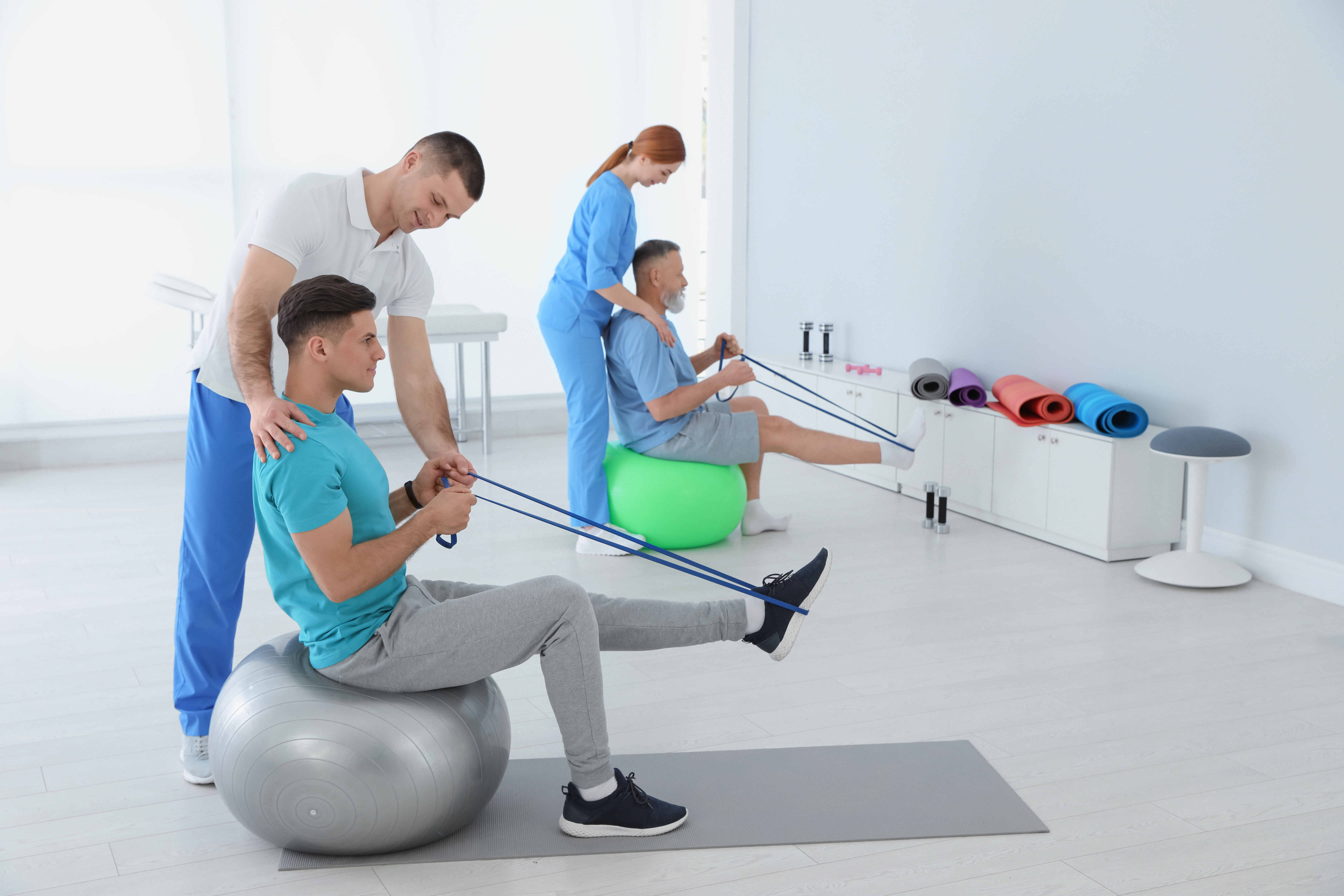Advancing Restoration Through Adapted Exercise Strategies in Rehabilitation Approaches
Wiki Article
Recovery is an important process for individuals who have undergone injuries, or other medical challenges. Rehabilitation initiatives play a crucial role in supporting these individuals to restore their strength, enhance movement, and return to their daily tasks. Tailored exercise planning is a key element of effective recovery. This means that exercises are carefully structured to meet the unique requirements of each person. By concentrating on personalized therapy programs, recovery programs can accelerate recovery and promote improved wellness outcomes.
One of the initial steps in creating a tailored exercise plan is assessing the individual’s status. Medical professionals perform evaluations to understand the particular restrictions and abilities of each individual. This might include functional assessments, discussions about health history, and goals for rehabilitation. For example, an sportsperson rehabilitating from a knee condition may have different requirements than an elderly individual healing from joint surgery. By acknowledging these differences, practitioners can design an exercise regimen that addresses the specific factors of each situation.

Integrating various forms of exercises see here now is crucial for effective recovery. Resistance training , mobility exercises, and aerobic exercises all serve important functions in rehabilitation. Resistance exercise helps restore muscle strength and improve endurance, which is particularly important after long durations of sedentary time. Flexibility movements enhance joint mobility and reduce stiffness in joints. Aerobic activities, like walking or cycling, boost overall fitness and promote cardiac health. A comprehensive fitness plan that includes all these elements can significantly aid in the recovery journey.
Tracking progress is another essential aspect of rehabilitation programs with tailored fitness plans. As individuals engage in their personalized routines, healthcare practitioners observe gains and make necessary adjustments to the plan. This continuous evaluation ensures that the exercises remain effective and appropriate as the individual advances. Establishing specific benchmarks can also encourage participants during their recovery journey. Reaching small objectives builds confidence and promotes commitment in following through with the rehabilitation program.
In the end, enhancing rehabilitation through tailored fitness prescription demands partnership between healthcare providers and individuals participating in recovery. Clear communication is essential to understanding how each directory person feels throughout their recovery journey. By collaborating jointly, both parties can identify any obstacles and celebrate successes along the path. Customized rehabilitation programs not only help individuals recover physiologically but also add to their mental well-being by fostering a feeling of achievement and self-reliance as they progress towards their wellness goals.